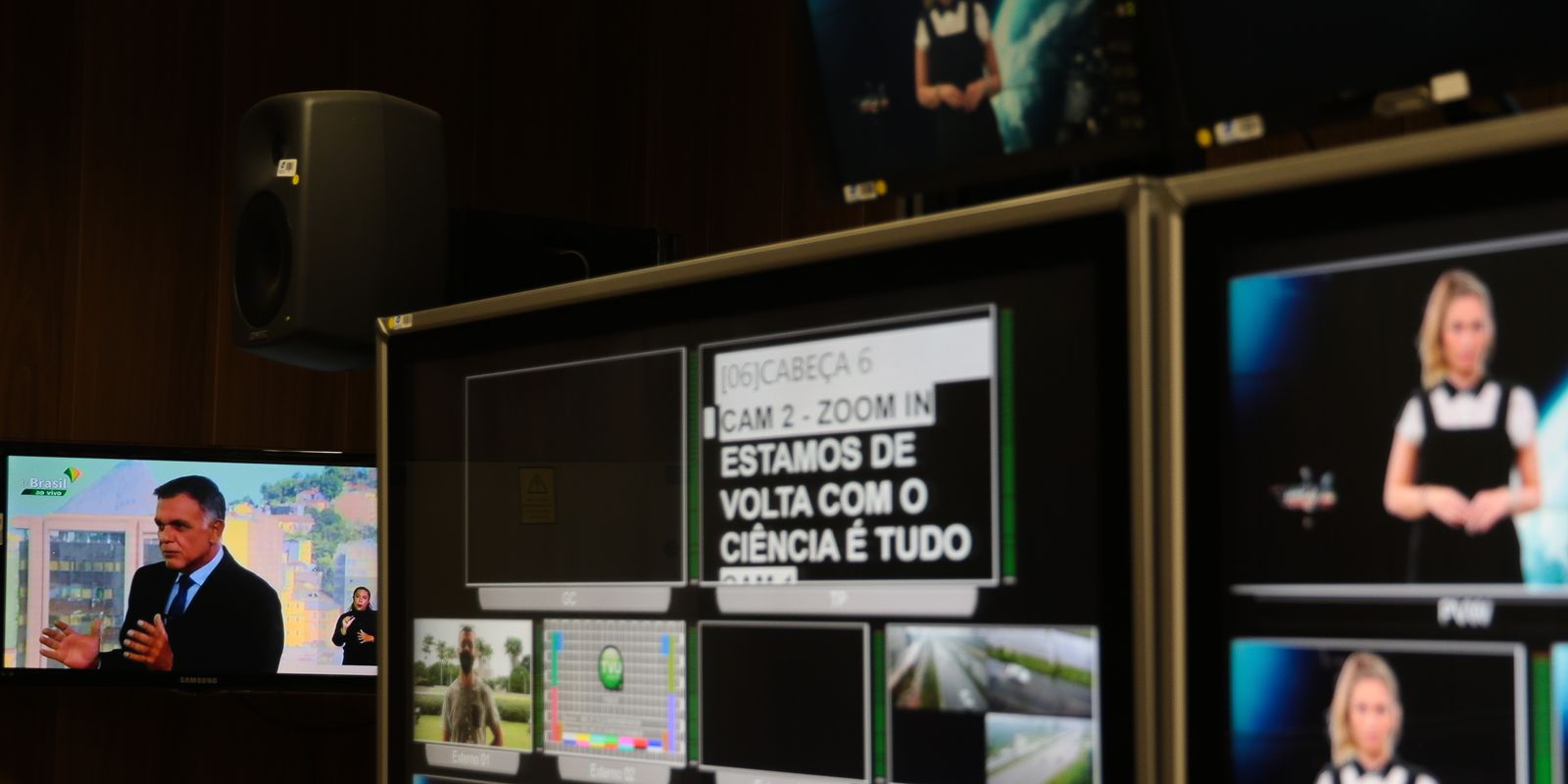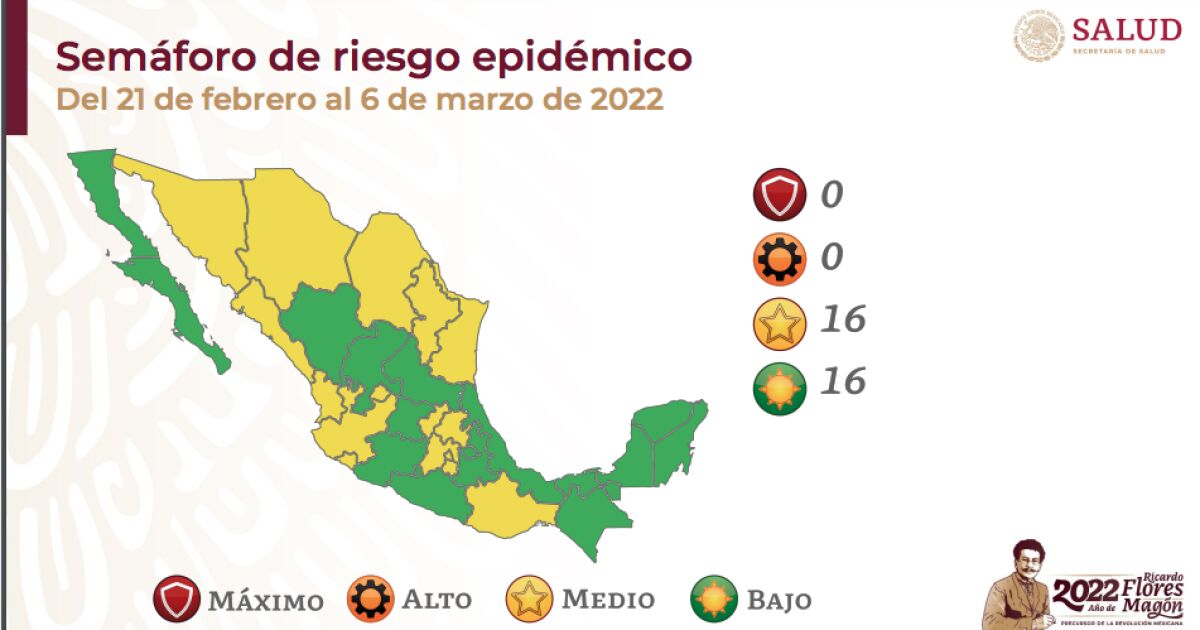50 years ago – on February 19, 1972 – Rede Globo hosted the first broadcast of a color program on Brazilian TV. With images from TV Difusora in Porto Alegre, Globo broadcast the Festa da Uva in Caxias do Sul (RS) with narration by Cid Moreira, a famous journalist and announcer. On March 31 of that year, the new color transmission standard, called PAL-M, was made official. The advent of colors took television to another level, giving more emotion to the viewer.
The history of television in Brazil, however, began almost 20 years before the “arrival of colors”. In the first half of the 20th century, experimental transmissions were already carried out across the country. But it was only on September 18, 1950 that Assis Chateaubriand inaugurated TV Tupi de São Paulo, the first Brazilian broadcaster and the first in South America. educational, informative, president’s speeches and musical performances.
The first Brazilian news program was aired on September 19 of that same year.
See more about the history of TV:
The 1960s were marked by the expansion of broadcasters across the country. With the inauguration of the new capital, Brasília, on April 21, 1960, the first network transmission was carried out by TV Tupi. The arrival of former president Juscelino Kubitschek with his entourage to Brasília was also broadcast.
Also in this decade, through videotape technology, recordings began to take over programming. Auditorium shows, with the rise of figures such as Silvio Santos and Hebe Camargo, bring the population closer and closer to TV.
In the 70s, with the arrival of color transmissions, the importance of television as a means of entertainment and information grows and TV begins to establish itself in the taste of Brazilians.
50 years after the transmission of the Festa da Uva de Caxias do Sul (RS), the innovations in TV are numerous, from streaming to ultra modern devices, showing that the box with images is really here to stay.
*Intern under the supervision of Alessandra Esteves








